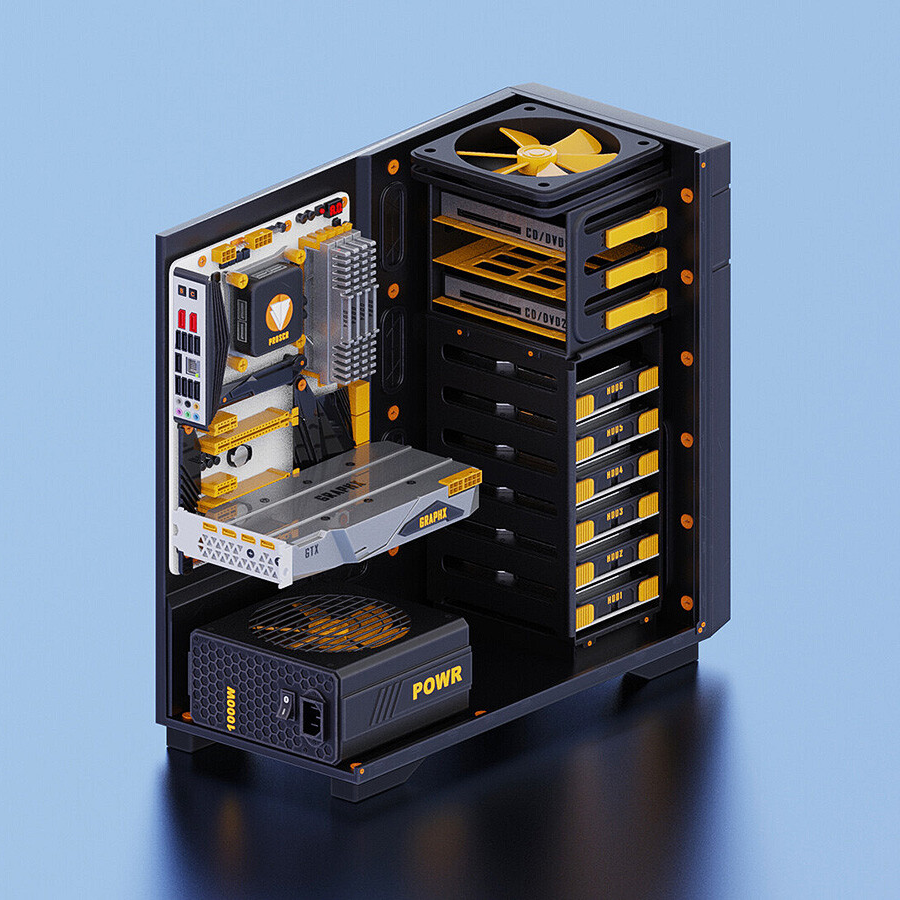I’m interested in setting up something to act as a file server. Think of it as “the cloud” but local. I’ve never built (or bought) something specifically for this, so it’s a big foreign to me.
I think really all I would want is something that can store a lot of TB of data easily. It doesn’t need to be fast. It doesn’t need to be able to stream media anywhere. It really only needs to be able to act as an SFTP server, maybe run sync thing (new to that), and maybe act as a NAS. My gut feeling is something like 10+ TB might be a good amount to start. Something that won’t fill up quick and that I can put big things in (like a full system image of another computer) without concern.
What would be a good way to go about this? Building a computer like normal but getting very cheap stuff? Getting something pre built or used (like surplus office stuff)? I’m just not really sure where to begin.


I think I may have made myself seem like more of a novice than I intended. I know a server is a computer. I run Linux on multiple devices and I’ve built multiple daily use/gaming computers. I only meant I haven’t had experience with what sort of things to shop for for a file storage server.
The bare minimum is a hard drive and a computer. Unless you have a more specific question I’m not sure how else to answer. I don’t think I fully understand what your concerns are.
I don’t have any concerns, I guess I’m just curious if there is any sort of advice folks with they had after the first time they did something similar.
Well… I guess advice for such an open ended inquiry is desgin our backup plan first and build around that.
Also decide what level of fault tolerance you want. If you want to be able to survive a disk failure without restoring from a backup then you’ll want at least a RAID1 configuration or similar.
If you do so be sure to test out your planned recovery methods before loading up all your data and thoroughly document your process so that when the worst happens all you need to do is follow your own directions.
i literally made one from just scrap. an old pc someone didn’t want anymore, and working drives that others didn’t want. all leftover ‘junk’ after upgrading or buying new. had enough sata ports and bays to ‘work’ for me. i later swapped three smallish drives for new bigger ones for the added capacity, which was the only parts that were purchased for it.